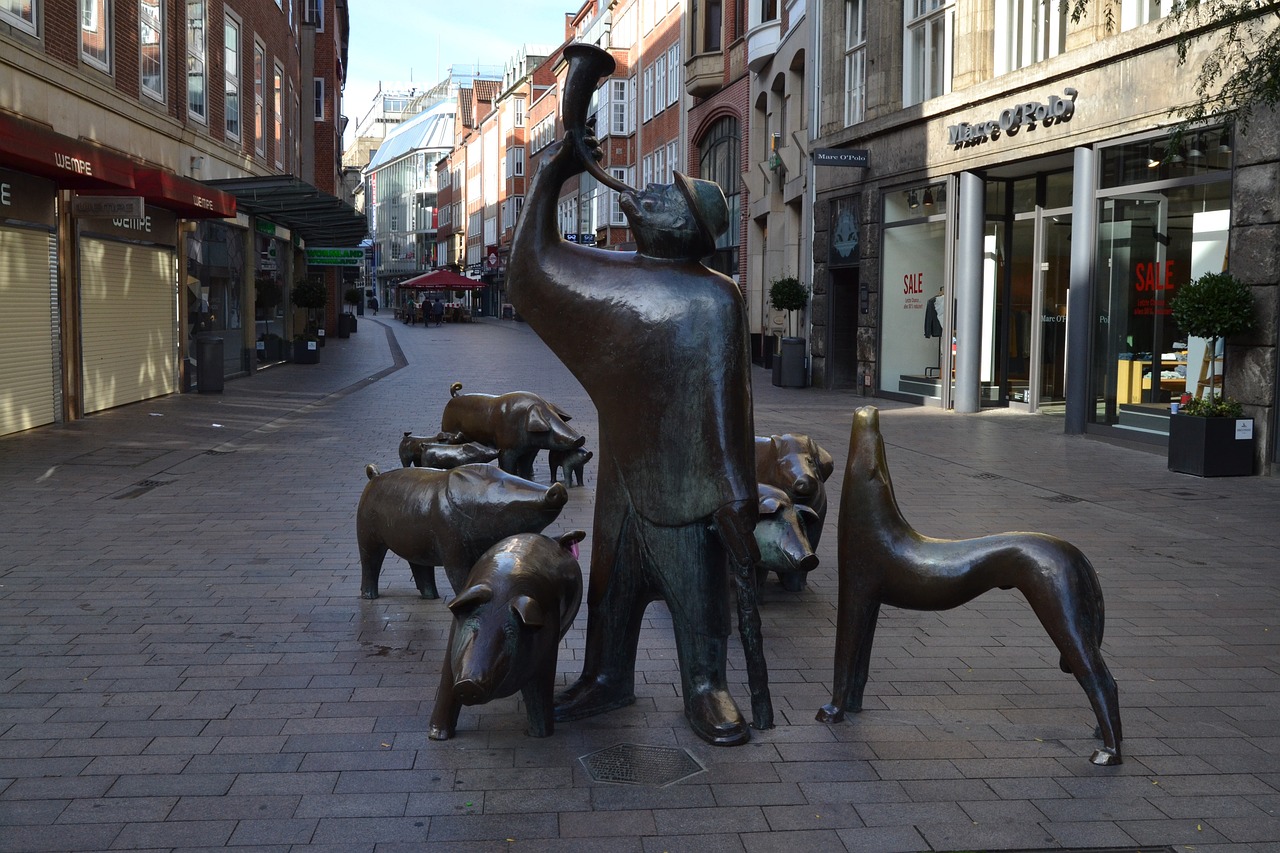The quarrel between the two swineherds originated from the rivalry between their respective kings, Bodb of the síd-mounds of Munster and Ochall of the síd-mounds of Connacht. Each side, represented by their swineherds—Friuch and Rucht—claimed greater power and prowess over the other. Despite their friendship and mutual abilities to shapeshift, the competition started to escalate as they engaged in a battle of wits regarding the fattening of their pigs during periods of abundance.
During a particularly fruitful year in Munster, Rucht traveled south with his pigs to visit Friuch. Acknowledging the rising tensions, Friuch expressed concern about their rivalry. Consequently, he resorted to using magic to disadvantage Rucht, ensuring that his pigs would not grow fat compared to Friuch’s. As a result, Rucht returned home with a disappointing herd, which sparked laughter and scorn from his peers. Despite the ridicule, both swineherds continued to assert their abilities.
The following year, Rucht reciprocated, ensuring that Friuch’s pigs would not thrive in Connacht. After witnessing each other’s fortitude, neither swineherd managed to come out as the clear victor, which led to their respective kings stripping them of their duties. In an unexpected turn of events, they transformed into hawks for two years, competing even more fiercely during their time high above the land, until the people noted the tumultuous noise they created.
Later, as they continued their disputes while in bird form, they revealed themselves to be the two swineherds and took up the form of sea creatures for another two years. Their aquatic antics had the people once again drawn to their rivalry. Eventually, they transitioned into stags, warriors, and even ghosts, all while battling for supremacy. Their conflict persisted as they took the shape of worms, eventually leading to the birth of two legendary bulls—the Brown Bull of Cooley and the White-Horned of Aí—symbolizing their enduring rivalry.
The description of the Brown Bull of Cooley portrays him as robust and noble, characterizing his formidable strength and striking presence. Conversely, the White-Horned bull exemplifies elegance and ferocity, acting as a proud champion of the herds. Their contrasting characteristics further illustrate the ongoing contention between the two swineherds, which had evolved over time from mere competition to mythical prominence, culminating in the creation of these magnificent beasts.
In summary, this tale highlights the repeated conflicts and transformations that signify not just personal rivalry, but a broader representation of the struggle between Munster and Connacht in ancient tales.



